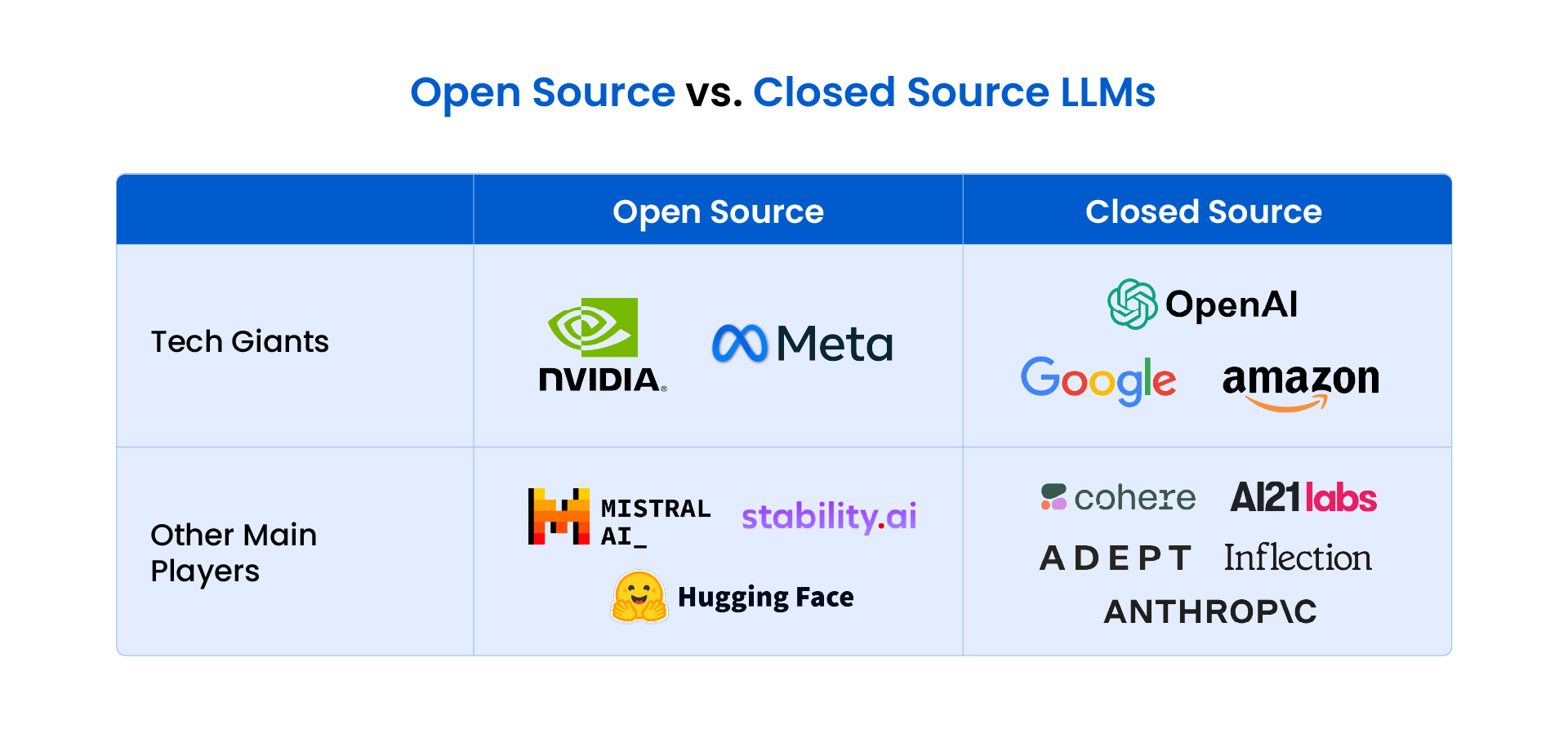Enterprise AI Strategy: Open vs Closed Models TCO Compared
Discover how enterprises can optimize costs, security, and performance by evaluating open and closed AI models for different business use cases.

Defining Total Cost of Ownership (TCO) in Enterprise AI
Total Cost of Ownership (TCO) in enterprise AI encompasses all costs associated with acquiring, implementing, and maintaining an AI solution. Beyond initial licensing or development costs, TCO includes ongoing expenses like maintenance, support, personnel, and infrastructure. Understanding TCO is crucial for businesses evaluating AI solutions, as it helps in making informed decisions that align with strategic goals and budget constraints.
Key Differences Between Open and Closed AI Models
Open-Source AI Models
Open-source AI models offer flexibility and customization, allowing businesses to tailor solutions to specific needs. They are supported by active communities, which can accelerate innovation and troubleshooting. However, they may require significant in-house expertise for integration and maintenance.
Closed AI Models
Closed models are proprietary solutions provided by vendors, offering robust support and security. They are often more secure and compliant but can be less flexible and more expensive due to licensing fees.
Enterprise AI TCO: A Comprehensive Analysis
Initial Investment and Licensing Costs
- Open-Source: Lower upfront costs but require substantial investment in development, integration, and customization.
- Closed Models: Higher initial costs due to licensing fees but offer predictable expenses.
Operational Costs and Maintenance
- Open-Source: Ongoing costs include personnel, infrastructure, and updates, requiring continuous in-house expertise.
- Closed Models: Depend on vendor support with recurring subscription fees, offering predictable operational costs.
Hidden Costs and Long-Term Expenses
- Open-Source: Potential risks include security vulnerabilities and unforeseen maintenance costs.
- Closed Models: Long-term commitments may include vendor lock-in and potential price increases.
Security and Compliance in Enterprise AI
Security Risks
- Open-Source: Vulnerable to attacks due to accessible code, requiring additional security measures.
- Closed Models: Proprietary safeguards offer better security, reducing risks.
Compliance
- Open-Source: Customizable to meet compliance needs but require effort.
- Closed Models: Often include built-in compliance features, easing regulatory challenges.
Performance and Scalability
Open-Source AI
- Offers flexibility and customization but may face scalability challenges without support.
Closed AI
- Provides consistent performance and support, though scalability may be limited.
Case Studies
- Open-Source Success: Companies leveraging open-source for customization in non-regulated industries.
- Closed Models: Industries requiring high security, like finance, benefit from closed models.
Choosing the Right Model
Business Goals and Use Cases
- Align AI strategy with objectives and match models to specific needs.
Technical Capacity
- Assess in-house expertise for open-source or rely on vendor support for closed models.
Industry Considerations
- Open-source may challenge regulated industries, while closed models offer compliance.
Conclusion
Key Considerations
- Open-Source: Cost-effective, flexible, but requires expertise.
- Closed Models: Secure, compliant, but less flexible.
Recommendations
- Evaluate business goals, technical capacity, and industry needs to choose the right model.
Internal Links
By considering these factors, enterprises can make informed decisions to optimize their AI investments.